Understanding the complexity of good and evil from "summary" of Shantaram by Gregory David Roberts
The world is a complex place, filled with shades of good and evil that often blur into one another. What we perceive as good may, in fact, have a darker side, and what we see as evil may have a glimmer of light within it. This complexity is at the heart of the human experience, forcing us to grapple with the moral ambiguities that define our existence. In the streets of Mumbai, I have seen this complexity play out in myriad ways. The criminals I have come to know are not simply evil incarnate; they are also capable of great acts of kindness and compassion. Conversely, the so-called pillars of society are not always as virtuous as they seem, hiding their own dark secrets behind a facade of respectability. As I navigate this moral minefield, I have come to understand that good and evil are not fixed points on a moral compass, but rather fluid concepts that shift and change depending on the perspective from which they are viewed. What may seem like a righteous act from one angle may be seen as a heinous crime from another. This moral relativism is what makes the world such a challenging place to live in, forcing us to constantly question our own beliefs and assumptions. In the end, I have come to see that the line between good and evil is not a stark divide, but rather a blurry boundary that we must navigate with care and humility. We must be willing to see the complexity of the world and the people in it, understanding that no one is wholly good or wholly evil. Only then can we truly come to grips with the moral ambiguities that define our lives.Similar Posts
Delivers justice with fiery determination
This man was born in Mississippi, but he grew up in a place that didn't exist. It was a valley hidden between the mountains of ...
The body is a vessel for the soul
Your body is the harp of your soul,
And it is yours to bring forth sweet music from it
Or confused sounds.
Your body is a sacr...
Environmental factors can influence levels of violence
In the modern world, violence is not solely a product of individual disposition or cultural values, but is also shaped by envir...
Minds are divided into separate parts
In every person's mind, there are multiple mental systems, each with its own intelligence, its own subject matter, and its own ...
Understanding leads to empathy and connection
In this story, we see how understanding someone can lead to empathy and connection. When we take the time to truly comprehend a...

Morality should not be based on fear or coercion
Morality cannot be built on fear or coercion, for such a foundation is weak and ultimately unsustainable. When individuals are ...
Critical thinking is essential in the face of virtue tyranny
In our current cultural and political climate, there is a growing tendency towards what can be described as "virtue tyranny." T...

Krishna as charioteer
In the great epic tale of The Mahabharata, the character of Krishna assumes the role of a charioteer to the warrior prince Arju...
